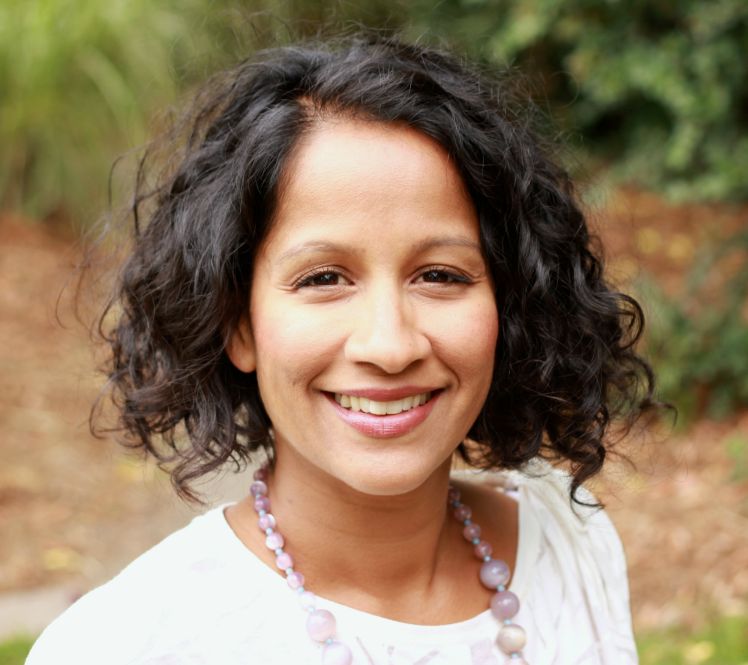Naming a nonprofit organization: Q&A with Gwyneth Dwyer
Why is a nonprofit’s name important – and why must it be selected very carefully? What constitutes a strong nonprofit name? From a marketing, branding and copywriting point of view, what should we consider when naming a nonprofit organization?
Earlier this year, thanks to the ‘Names and Taglines’ Marketing Writing Bootcamp class from MarketingProfs University, I picked up some very valuable advice from expert Gwyneth Dwyer. Knowing that Gwyneth has amazing experience and insights when it comes to naming nonprofits, I invited her to share her expertise with the Nonprofit MarCommunity audience. Gwyneth kindly agreed, and we’ve pulled together her responses to my questions on naming nonprofits in this post.
What are the benefits to nonprofits of having a strong name? What are the lost opportunities when naming is not considered carefully?
A strong, branded name for a nonprofit is quite important. It’s your identity, your URL, a distillation of your brand, a powerful statement about who you are and who you serve. It’s front and center on your communications, your social media channels, your fundraising events, and your daily conversations. It evokes an emotion, stirs responsibility, makes a connection, and communicates personality.
All these opportunities are lost, or dulled, with a clunky name.
What are some qualities of a strong nonprofit name?
A strong nonprofit name explains or suggests the nonprofit mission, communicates an emotion, lodges in the brain, and, ideally, compels action. It should be clear, emotional, memorable, and action-oriented. Here are some examples:
Clear:
Emotional:
Memorable or Metaphorical:
Action-Oriented:
What types of names work well for nonprofits? What types don’t?
There are so many categories of names. (I’ve written about them here.) I’ll cover just three examples that relate to nonprofits.
Descriptive Names
Descriptive names are always popular choices for nonprofits because they make sense, immediately, to donors, volunteers, staff, boards of directors, and the media. Some examples:
For an organization trying to reach consensus, descriptive names will generally make everyone happy. Getting a URL for a descriptive name is another matter. Prepare for unhappiness.
Acronyms
Acronyms tend to raise eyebrows. We all rather dislike them, don’t we? Still, there are many strong, positive nonprofit names that are acronyms.
For example, LOFT (Leap of Faith Together). It’s a great name — it’s pronounceable, it’s also a word, it evokes a positive emotion, it tells a story, and the acronym itself makes sense.
Some acronym-branded nonprofts have become so well-known that their names have essentially entered the language as words. Two examples: UNICEF (United Nations Children’s Fund) and OXFAM (Oxford Committee for Famine Relief). In both these cases, the meaning of the acronym may be unknown to many, but that’s no longer a concern.
Founder Names
Founder names are mixed. If the founder is not well-known, these names can leave the public confused as to the nonprofit’s mission or project a bit too much ego. (Think for a minute of a relatively unknown founder-named nonprofit. Most of us have seen or heard one. Quickly, what does that nonprofit stand for?)
Of course, if the founder is well-known, or a celebrity, the name can draw people to a cause while honoring a life, or a commitment to giving back:
- Bill and Melinda Gates Foundation
- The Carter Center
- Michael J. Fox Foundation for Parkinson’s Research
Where should organizations in the process of re-evaluating their names and new/emerging organizations get started with nonprofit naming?
Start by analyzing the names of nonprofits whose mission is similar. How do you wish to distinguish yourself? What personality do you wish to convey? It’s often a good idea to create a “stay-away-from list.”
Then, evaluate a wide range of non-profit names, categorizing them as descriptive, metaphorical, acronyms, invented, and so on. Which names appeal to you? Your board? Your volunteers? Your donors?
Now it’s time for brainstorming. And URL searching. You may be able to create a great name, but not find an appropriate URL. That’s the reality of naming. You’ll need to go back and forth between brainstorming the name and checking URL availability.
Naming is not a terribly tidy process. It takes time, patience, and creativity balanced with analysis. And lots of consensus building. Take care to get the name right. It will be with you a long while.
 Gwyneth Dwyer is director of content strategy at Larsen, a branding, design, marketing, and digital firm with offices in Minneapolis and San Francisco. Gwyneth’s job at Larsen is generating big, bold creative ideas and her consulting experience spans consumer products, medical technology, healthcare, financial services, manufacturing, publishing and media, and nonprofit sectors.
Gwyneth Dwyer is director of content strategy at Larsen, a branding, design, marketing, and digital firm with offices in Minneapolis and San Francisco. Gwyneth’s job at Larsen is generating big, bold creative ideas and her consulting experience spans consumer products, medical technology, healthcare, financial services, manufacturing, publishing and media, and nonprofit sectors.
Follow Gwyneth on Twitter



 PRINT
PRINT
